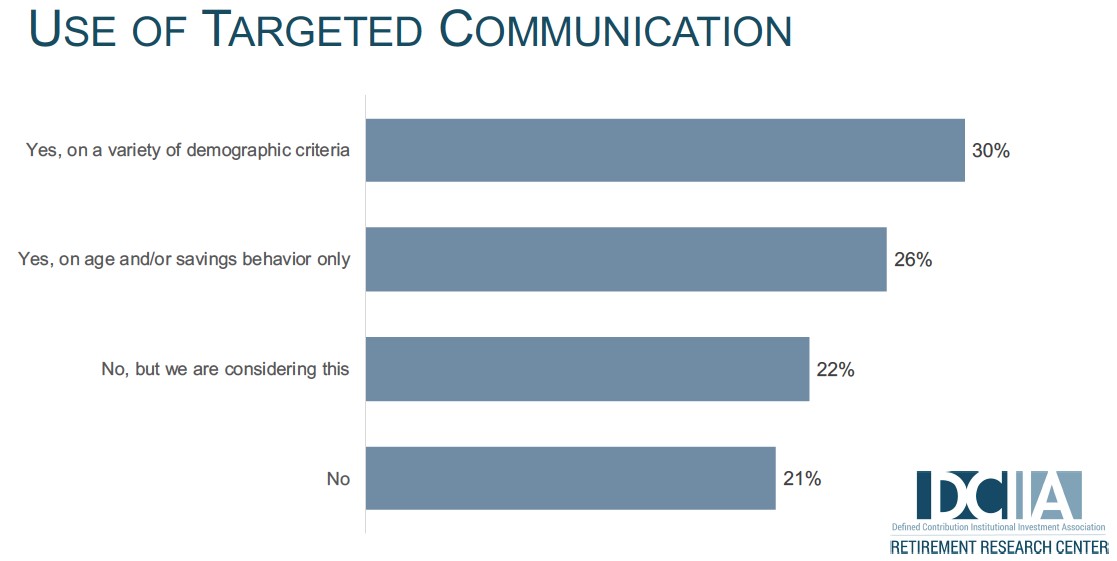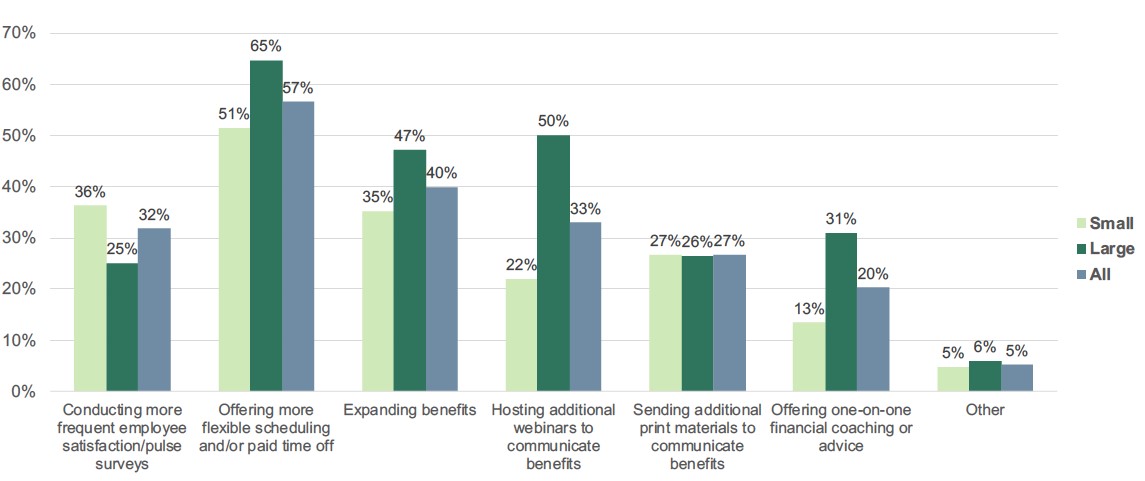[ad_1]
The pandemic has heightened awareness that the unique circumstances of employees affect their engagement with their benefits at work. With the upheavals caused by the pandemic, remote working and the ‘Big Resignation’, it is more imperative than ever that employers seek to understand who their employees are, what challenges they face, and how to design and communicate on them. employee benefits. in the most equitable and inclusive way possible.
Here are some tips for employers to ensure their communications reach all employees:
Prepare the terrain
- Provide internal training to the Benefits team and key decision makers on implicit bias. Answering quizzes, hosting speakers, or discussing an implicit bias can be enlightening and help set the stage for a ‘learner spirit’, or openness to new information and a will, or even a desire. , learn and grow.
- Challenge assumptions about ‘norms’ and whether your communications inadvertently reinforce them, be it race, ethnicity, age, marital status, education , gender / gender identity, family composition, sexual orientation or other. Are your photos and images inclusive and diverse? Is your language neutral and devoid of outdated metaphors, ideas and terminology?
Review and update communications
- Consider doing shorter, more frequent surveys targeting specific topics, such as whether multiple languages ​​are spoken in the home, any specific accessibility or disability issues employees may be facing, or other important demographic information that may improve communication of benefits. Consider targeting specific groups of employees with “probing†questions to better understand their priorities and challenges.
- Review all documentation intended for employees, starting with the job application, to ensure that all languages ​​have been updated and are consistent across areas. Is the language clear, concise, inclusive and easy to understand? Are communications visually pleasing and easy to access for employees in all workplaces and work environments?
- Protect yourself against ‘head office bias’, where employees in the main office (s) get more frequent or better communications than those working in the field, in warehouses or on construction sites, or remotely (eg. . fairs, etc.). Whenever possible, seek to include all employees, whether it’s taking advantage of virtual meetings and events, bringing employees to headquarters, sending senior executives on a “benefits tour.” Or otherwise.
- Create diverse internal focus groups to test benefit communications and provide candid opinions and ideas on an ongoing basis. Make sure top-level decision makers review comments shared in focus groups and surveys and are empowered to act on them – even incremental changes can help keep the momentum going.
Involve the whole organization
- Leverage employee resource groups by seeking to create a benefits feedback loop and lay the groundwork for an ongoing dialogue compared to traditional one-way top-down messaging. Involve internal experts, including the Director of Diversity, Marketing and Communications, Human Resources (HR), Information Technology (IT) and others, in planning and communicating the benefits.
- Make full use of IT resources to ensure equitable access to information. Consider using apps, text messaging, voicemail, internal social media, and more in addition to print, web, and email communications. Optimize digital communications using accessibility best practices.
- Collaborate with IT and HR departments to ensure employees receive all possible support if they are having difficulty accessing benefit information due to a disability or other limitations.
As your program evolves to become more interactive and inclusive, demonstrate that the Benefits team takes employee feedback seriously. For example, “Our April employee survey showed that 45% of our employees speak Spanish at home and 29% speak Chinese; therefore, starting next month, we will be offering key benefit materials in these languages ​​as standard practice. Employees who need translations into other languages ​​should contact XX for assistance. It is important to us that all employees and their families understand and can enjoy all of their benefits. This type of message can help build trust which is imperative for employee engagement.
According to the Defined Contribution Institutional Investment Association’s (DCIIA) Retirement Research Center’s yet to be released 2021 Plan Sponsor Survey of 180 plan sponsors, a reassessment of employee engagement strategies is already underway due to the pandemic. This graphic illustrates recent changes to employee engagement strategies, including employee surveys and benefits communications, broken down by plan size:
Source: DCIIA Retirement Research Center 2021 Survey of Plan Sponsors
Caption: The big plans are> / = $ 500 million
The survey also highlights a potential need for plan sponsors to adopt targeted communications more easily, with just 30% of respondents indicating they use communication targeted on a variety of demographic criteria. Targeted communications speak more directly to the unique situation of employees and could help boost engagement with benefits and other positive actions.

Source: DCIIA Retirement Research Center 2021 Survey of Plan Sponsors
People’s daily interactions with digital content are increasingly tailored to their interests and personal data. They expect transparent and personalized experiences and transactions. Attention spans diminish in the face of ever increasing demands on people’s time. Plan sponsors who are aware of these trends; who are committed to the principles of diversity, equity and inclusion (DE&I); and who adopt forward-looking best practices and technologies are likely to see positive results in terms of employee engagement with benefit programs, as well as employee satisfaction and retention.
Karen Witham is Vice President of Communications and Marketing for the Defined Contribution Institutional Investment Association (DCIIA) and is responsible for communications; diversity, equity and inclusion (DE&I); and environmental, social and governance (ESG) committees.
This function is intended only to provide general information, does not constitute legal or tax advice and may not be used or replaced by legal or tax advice. The views of the author do not necessarily reflect the position of Institutional Shareholder Services Inc. (ISS) or its affiliates.
[ad_2]

